The dark reality behind the persona of one of America’s most beloved public figures.
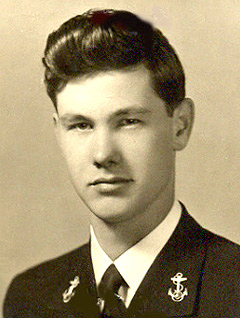
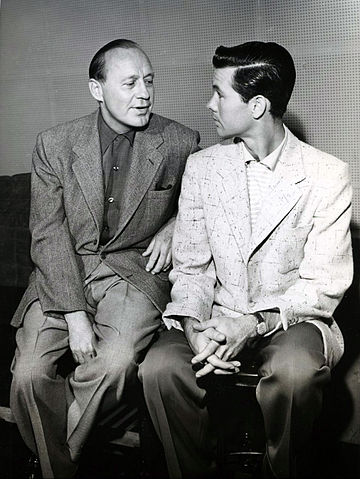
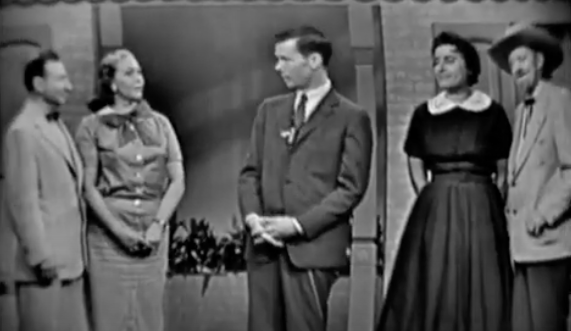
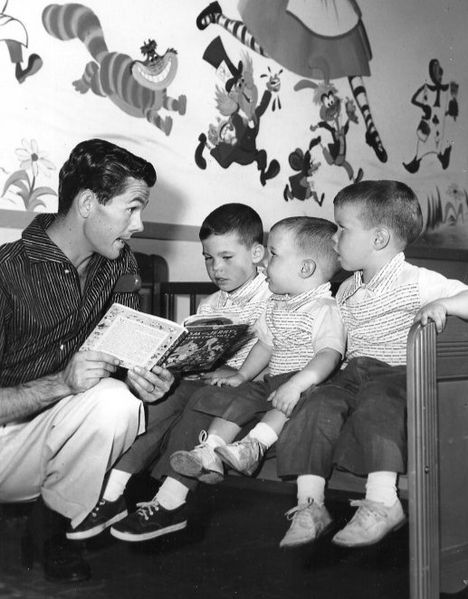
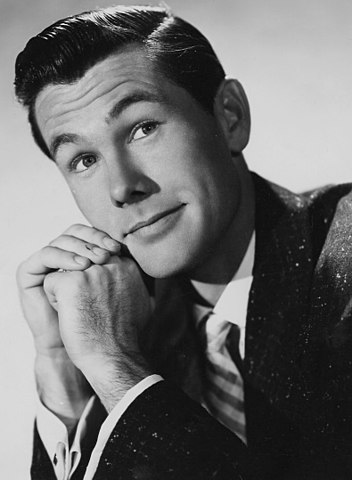
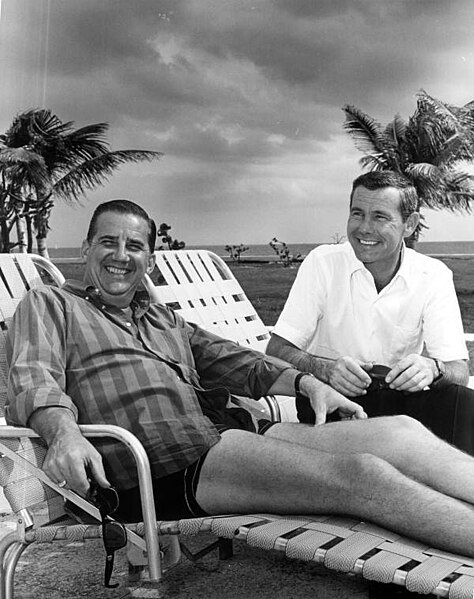
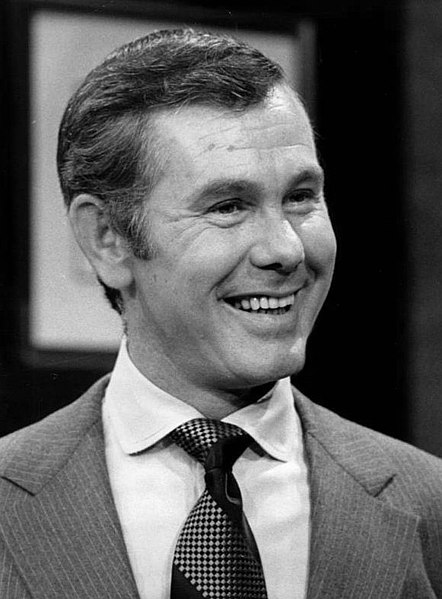
Podcast: Play in new window | Download
Subscribe: RSS
The dark reality behind the persona of one of America’s most beloved public figures.







Podcast: Play in new window | Download
Subscribe: RSS
The dark reality behind the persona of one of America’s most beloved public figures.
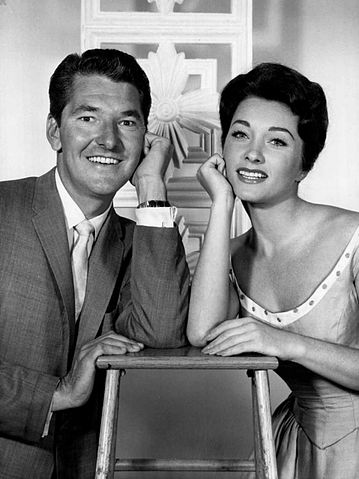
On August 17, 1963, Carson, possibly feeling more secure professionally with more than a year under his belt at the new show, married his longtime girlfriend, Joanne Carson. This despite years of fighting publicly, acrimonious vacations in which one of them left and went home early and numerous friends and acquaintances advising them not to tie the knot. Even the ceremony and reception were odd. Only a tiny number of participants witnessed the actual marriage, the couple’s parents not even invited. The reception included only a few more individuals and was held at Johnny’s apartment, the guests mostly Tonight Show related staff like bandleader Skitch Henderson and producer Art Stark.
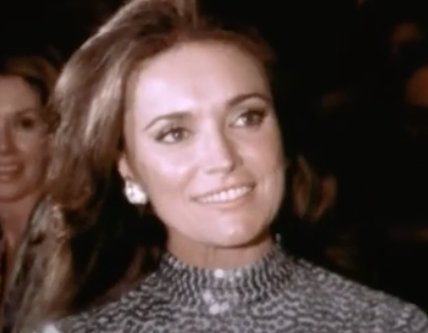
Joanna Carson was a former fashion model who had spent much of her life in the rarified company of extremely wealthy, sophisticated, older men. Her companion before Johnny was the CEO and chairman of the Hertz Rent a Car corporation. Johnny, still essentially a scotch drinking steak and potatoes Midwesterner, began to acquire a more diverse outlook courtesy of his latest wife. Completely uninterested up to that point in travel, he began his annual pilgrimage to the Wimbledon tennis championships, featured prominently on the NBC broadcast back to the US. He typically followed that up with several weeks on the Cap D’Antibes along the French Riviera, enjoying the fact that he went mostly unrecognized. Instead of hard liquor he began to temper his alcohol intake with a fine Bordeaux or Montrachet. But one constant, despite a well appointed Bel Air residence on St. Cloud Road, the Carsons never threw parties and were rarely seen socially, their house again a secluded refuge to escape from public exposure.
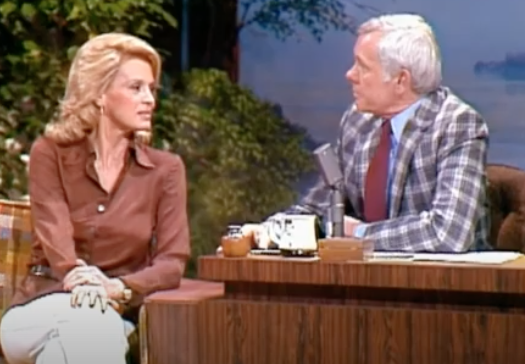
It was hard to feel sorry for Carson, whose womanizing was so blatant that when Joanna convened a meeting in her home of the women’s Beverly Hills charity that she participated in, Johnny would single out at least one of the participants and strongly come on to them. Upon signing the divorce papers, Johnny turned to his now ex-wife and said, “What I’ll miss most is not being able to talk to you.” Carson certainly made good on his word, never speaking with Joanna Carson again.
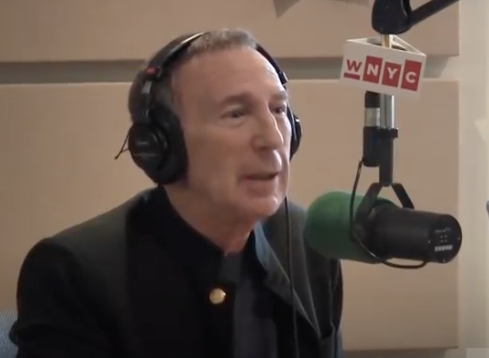
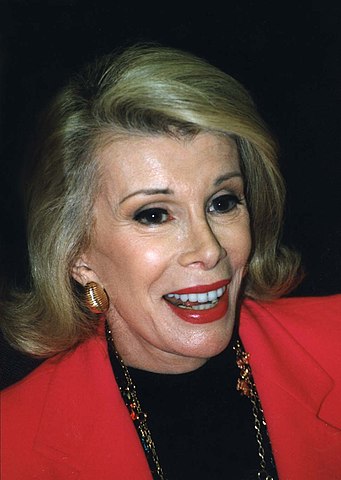
Joan Rivers also was exiled when, in 1987, she accepted an offer from Fox Television to host a late night talk show that would compete with Johnny. Rivers was already frustrated by NBC’s refusal to both offer her a contract as Johnny’s replacement host, and especially that she was not on an NBC list of stars to even be considered when and if Johnny retired. Although other hosts and comedians attempted to compete with Johnny and still remained in Carson’s good graces, most notably Joey Bishop, Joan Rivers made the unforgivable sin of negotiating with Fox, putting together her show and never even telling Johnny about it in advance. Her eleventh hour attempt to reach out to him on the eve of the program was rejected, assistants told that he would not take her call at any time in the future.
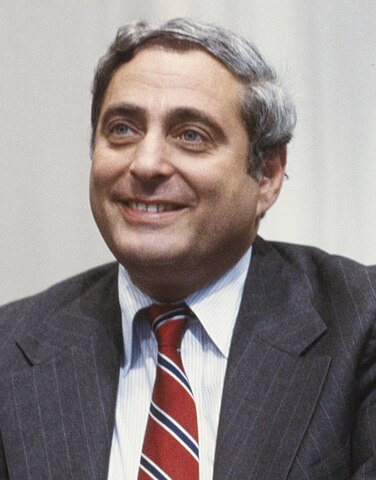
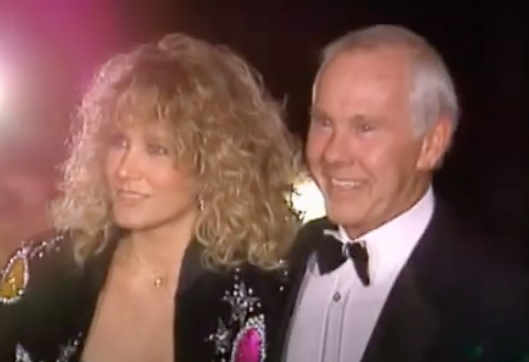
Following his retirement, Johnny Carson became even more reclusive, spending most of his time behind the gates of his massive Malibu mansion that overlooked Point Dume. He spent a great deal of time on his private tennis court, especially built for him by NBC, one of the few of its kind in the vicinity. His only companion, his fourth wife, who he married in 1987, Alexis Maas, a stunning blue eyed blonde he met while she was walking by his other Malibu beach house, which he eventually sold to John McEnroe.
Podcast: Play in new window | Download
Subscribe: RSS
The books used to prepare this program included:
“King of the Night,” by Laurence Leamer
“Johnny Carson,” by Henry Bushkin
The music used during this podcast included:
Part One Intro: “Apolllo,” by Patrick Patrikios
Part One Outro: “Smokey’s Lounge,” by Track Tribe
Part Two Intro: “Namaster Trip,” by Ofshane
Part Two Outro: “A Kiss for Amanda,” by DJ Williams
The true story about the man who contributed mightily to the destruction of one of America’s greatest 20th century icons.
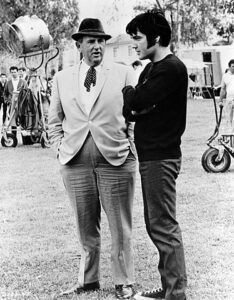
According to Colonel Tom Parker personally, he was born in early 1900, in Huntington, West Virginia and began working in touring carnivals at a very young age. He served in the military, eventually developed and promoted his own carnival acts and graduated to first promoting and then managing country musicians until obtaining the exclusive management contract of Elvis Presley in 1954. While he was always able to obscure his true beginnings, his singular accent was ascribed to his origins in rural Appalachia. In fact, although slight, his accent was Dutch because Colonel Tom Parker was not born anywhere near West Virginia, he was not even born in the United States. He was born Andreas Van Kuijk on June 26, 1909, in Breda, The Netherlands, the seventh of eleven children of Maria and Adam Van Kuijk.
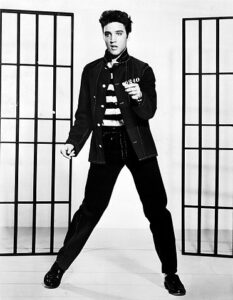
Initially conceived as a Christmas special by Tom Parker, both Elvis and the shows creative team of Steve Binder and Bones Howe agreed that they wanted a more stripped down return to Elvis’ musical roots and were able to convince Parker to generally accept moving away from Elvis singing Christmas carols, most likely because that was something Presley wanted no part of. Once they got that general agreement, Elvis made the creative decisions on his own with a great deal of input from Binder whose perspective Presley respected. The resulting special, with a tanned, refreshed Elvis in an especially remarkable leather outfit, among other wardrobes, performing an extended medley of some of his most popular or distinctive hits was the highest rated television show of the year, the program also a critical hit.
With Elvis on the road and her husband engaging in various romantic adventures as a result of his newfound notoriety, Gladys Presley, already a heavy drinker, began to consume alcohol on a daily basis and abuse sleeping pills. Quite domineering in her relationship with Vernon, it is believed as she deteriorated physically, her husband, in Elvis’ absence began to be much more physically abusive. Her son’s fame was also troubling and overwhelming, her fear that an hysterical crowd might eventually harm or even kill Elvis. Depressed because her neighbors disliked her habit of raising chickens and feeding them on the front lawn of Graceland, Gladys never really adjusted to her family’s radical transformation, once telling her friend, “I wish we had stayed poor.”
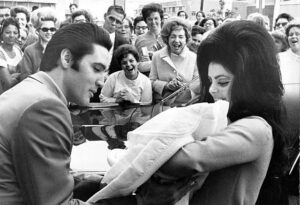
While in Germany, Presley also met Priscilla Beaulieu, a fourteen year old daughter of an Air Force officer stationed in Wiesbaden, Germany. Because of her youth, her relationship with Presley was extremely restrained until 1962, although her ability to then visit Elvis and ultimately live at Graceland while Priscilla attended a local Catholic High school, was conditional upon an agreement that the couple eventually marry.
Because some of the Memphis Mafia especially Joe Esposito, were conduits to the Colonel, he was fully aware of Preley’s restlessness and anger over his stalled career. He also was mindful that at some point, Elvis’ public might completely tire of the formulaic nonsense that was now the mainstay of Elvis’ income stream. He began discussions with NBC for a television special live performance that would be billed as Presley’s comeback as an entertainer.
Another close associate of Presley, Lamar Fike, was in Portland, Maine, also to help get ready for the tour. He was attempting to get some sleep after taking a redeye from Los Angeles when there was a loud knock on his door, a voice telling him intently that the Colonel needed to see him right away, despite Fike’s protestations. Entering the Colonel’s hotel room, he noticed other employees avoiding his gaze as Parker hung up the phone. In an unemotional tone of voice, the Colonel explained that Fike needed to go to Memphis and be with Vernon Presley, Elvis’ father and that Elvis was dead. Like many members of the entourage and even Elvis himself, Fike’s relationship with Parker at this point was at best, ambivalent, in Fike’s case, he frequently expressed concern over Elvis Presley’s physical condition. Parker typically ignored such entreaties, maintaining whenever forcefully pressed on this concern “that the only thing that mattered was getting Elvis ready to appear on stage that night.”
Podcast: Play in new window | Download
Subscribe: RSS
The books used in this podcast included:
“The Colonel: The Extraordinary Story of Colonel Tom Parker and Elvis Presley,” by Alanna Nash.
“Careless Love, the Unmaking of Elvis Presley,” by Peter Guralnick.
“Elvis Aaron Presley: Revelations From the Memphis Mafia,” by Alanna Nash.
The music used in this podcast included:
“The Goon’s Loose,” by Nathan Moore, Part One and Part Two intros.
“Summer Solstice on the June Planet,” by Bail Bonds, Part One and Part Two, outros.
A uniquely American institution.
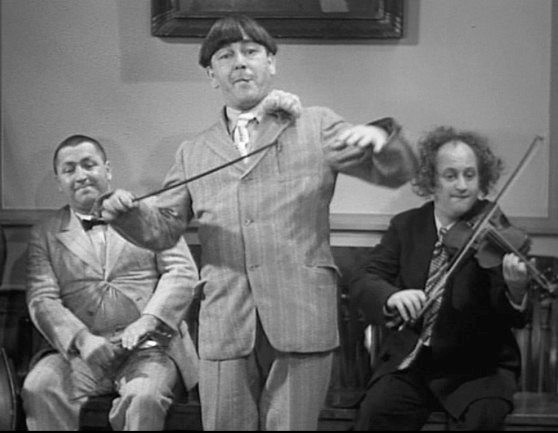
Columbia quickly designated “Women Haters” as the Stooges first project. They play travelling salesmen who vow never to get married or even romantically involved. This predictably does not last very long with each Stooge eventually charmed by actress Marjorie White and Larry married to Marjorie. The studio was encouraged enough by this production to green light additional films.
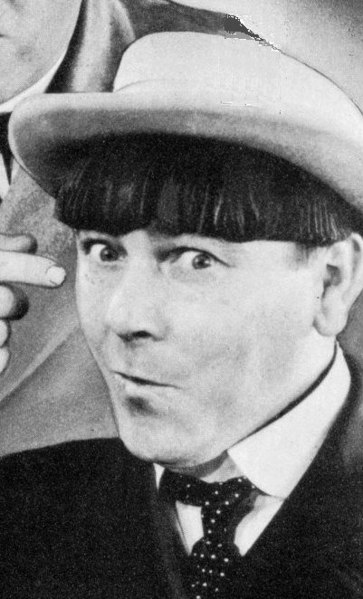
Of the six individuals who eventually comprised the Three Stooges, three members came from the same family. The fourth oldest brother from this family, Moses Harry Horwitz was born on June 19, 1897. Adopting the stage name of Moe Howard, he was the ringleader of the Stooges both during their act and in the various business affairs and negotiations that were an integral part of any autonomous show business enterprise.
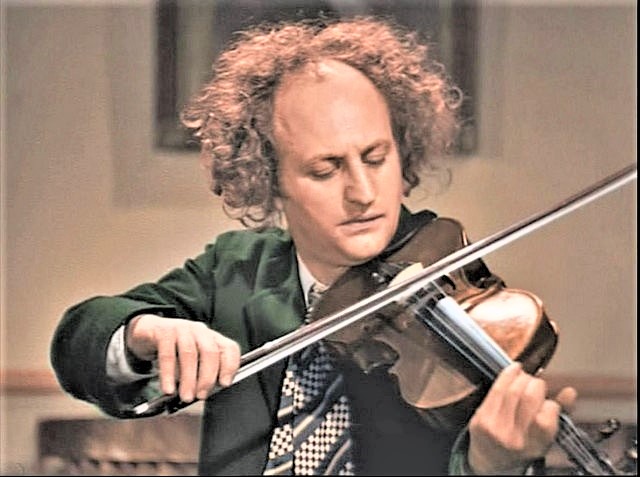
Born Louis Feinberg, in Philadelphia on October 5, 1902. Aka, Larry Fine, this individual started his career as a talented violinist who Ted Healy signed up for his revue. Eventually, Larry stopped performing as a musician and teamed up comedically with the two Howard brothers.
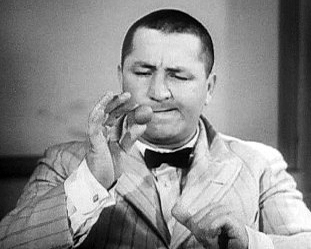
Although legend has it that because of a lack of experience, Moe was not initially enthusiastic about Jerome, nicknamed “Babe,” by his family as the youngest of the five Horwitz brothers, joining the Stooges, in fact he suggested his brother to Healy. Although Babe had no real acting or comedic experience, he did spend most of his free time watching his brothers rehearsing and performing and he was quite familiar with their act. When Ted Healy was approached about this potential addition, he suggested that Jerome shave off his wavy hair and full mustache and assume the name Curly. Somewhat quiet and reserved, Jerome Howard quickly became a mainstay of the Stooges, improvising strange mannerisms and vocal sounds that established his unique identity and popularity.
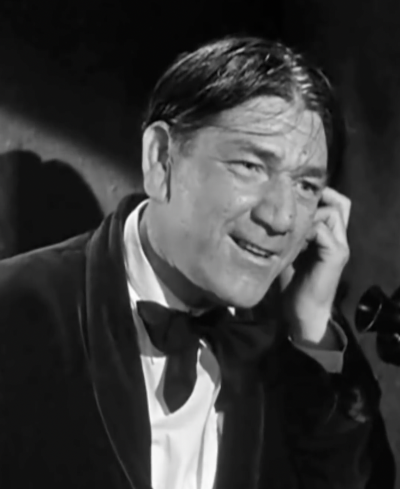
Although Moe did not rule out Curly’s eventual return, he immediately floated the idea of replacing him with Shemp Howard. Shemp was in the midst of a reasonably successful career as a contract player appearing in numerous studio produced comedies, most notably in The Bank Dick with WC Fields but he quickly agreed to replace his brother in what was initially supposed to be a temporary fix. As stipulated in their original agreement, Moe submitted a letter to Curly, formalizing Shemp’s temporary replacement which was signed in September of 1946.
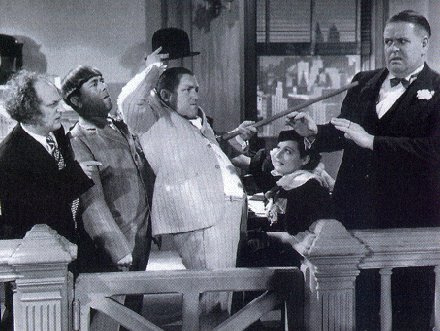
Podcast: Play in new window | Download
Subscribe: RSS
W. C. Fields, Hollywood Legend
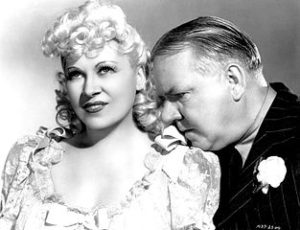
To much excitement, it was announced that Fields would next team up with Mae West. One of America’s biggest stars in the mid-thirties, West, now aged 43, had also recently been cut loose by Paramount after her popularity waned. Months would pass before a script and director would be selected, the result of Fields’ cantankerous and territorial approach to his participation. Surprisingly, the two actors were able to co-exist and what was eventually entitled “My Little Chickadee,” came to pass. The film was a commercial success but West was apparently embittered by the experience in which Fields was paid substantially more, got a dubious screenwriting credit and she received poor reviews that caused Universal to pass on another more expensive option for a second film. She would disparage Fields for the rest of her life.
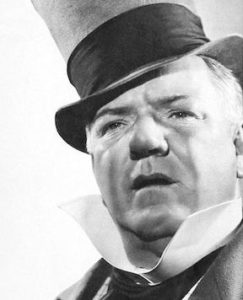
Charles Laughton, against his better judgment, had been persuaded to take the key role of Wilkins Micawber and after three days of shooting, the skilled actor was convinced that he was completely unsuitable to continue. Reluctantly, Selznick and director George Cukor set about getting the man they had initially contemplated casting: WC Fields. Because he was under contract with Paramount, the actor would not come cheap and Fields, always mindful of money and sensing he had MGM over a barrel, held out for $50,000 for two weeks work.
With Paramount reluctant to cast him in anything tangible, Fields decided to head in a different direction and embrace the medium of radio. By 1937, he was appearing on the prestigious Chase and Sanborn hour mostly trading barbs with Edgar Bergen’s ventriloquist dummy, Charlie McCarthy. The radio show quickly became the most popular in the US but the pressure on Fields to perform on a weekly basis was unpleasant and as soon as he got another film from Paramount, he quit.
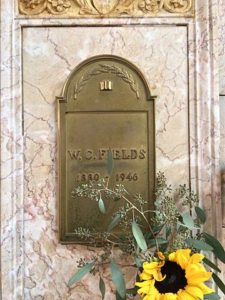
WC Fields died on Christmas Day, 1946. Despite the legal protestations of his wife and son, he was eventually cremated and interred in a vault in Forest Lawn Cemetery. The plaque adorning his ashes merely lists his stage name and the years of his birth and death. Contrary to urban myth, there is no epitaph concerning the city of Philadelphia.
Podcast: Play in new window | Download
Subscribe: RSS
The following books were used during this podcast:
“WC Fields: A Biography,” by James CurtisW. C. Fields: A Biography
“WC Fields, By Himself,” with commentary by Ronald FieldsW.C. Fields by Himself: His Intended Autobiography with Hitherto Unpublished Letters, Notes, Scripts, and Articles
“WC Fields, A Life On Film,” by Ronald J. FieldsW. C. Fields: A Life on Film
The two pieces of music used to introduce and conclude this podcast: